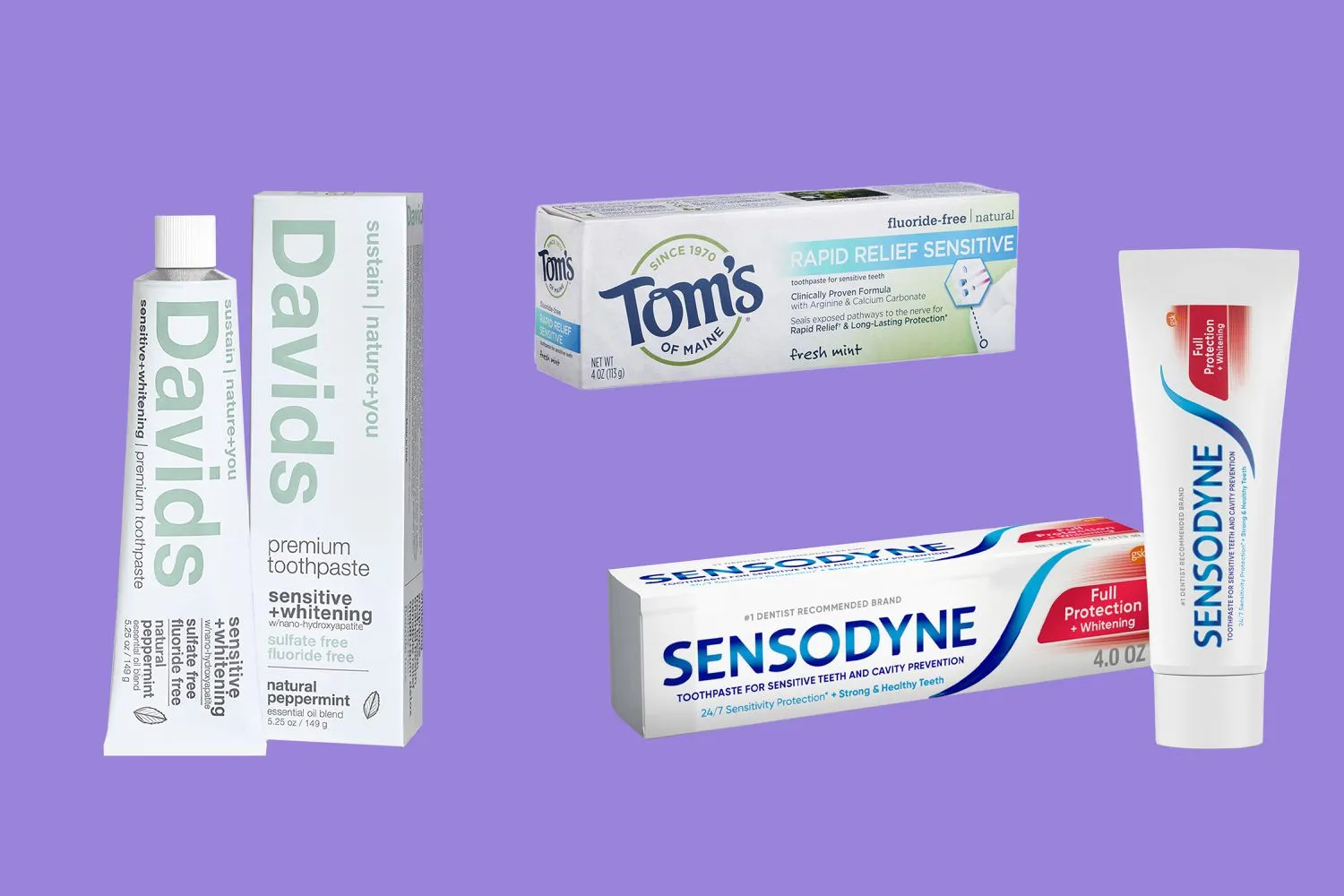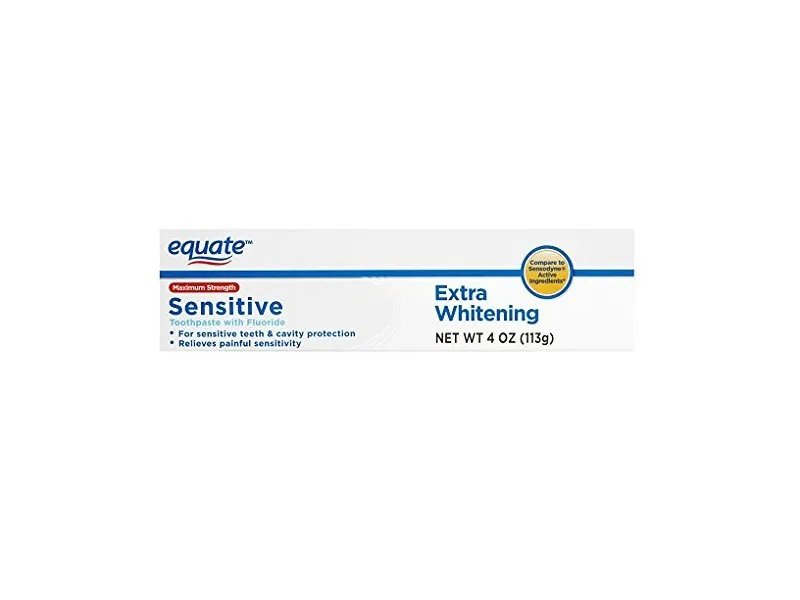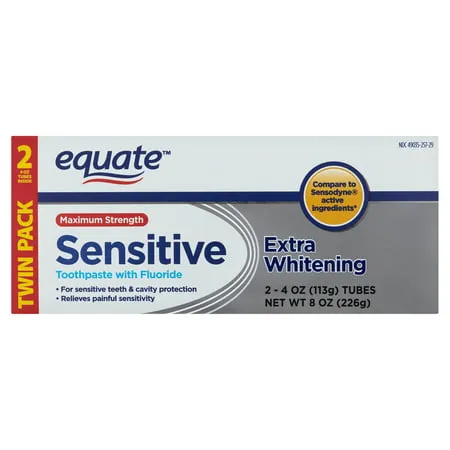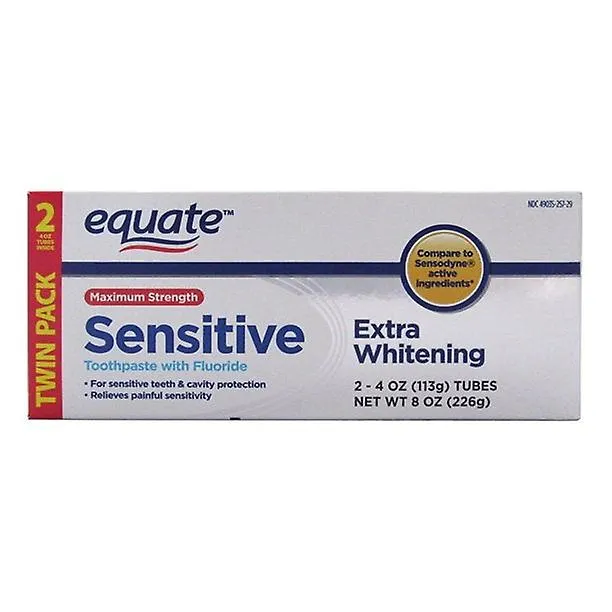What is Whitening Toothpaste?
Whitening toothpaste is a type of toothpaste specifically designed to help remove stains and brighten the surface of your teeth. Unlike some cosmetic procedures that involve bleaching agents, whitening toothpastes typically rely on a combination of abrasive particles and chemical agents to lift surface stains. These toothpastes are widely available over the counter and offer a convenient way to enhance the appearance of your smile. It’s important to note that while effective at removing surface stains, they cannot change the intrinsic color of your teeth in the same way professional whitening treatments can. Regular use, coupled with good oral hygiene practices, can contribute to a noticeably brighter smile over time. Understanding the ingredients and how they work is key to choosing the right product for your needs and ensuring the best results.
How Whitening Toothpaste Works
Whitening toothpaste operates through a multi-pronged approach to remove stains and brighten teeth. The primary mechanisms involve physical abrasion, chemical reactions, and the use of specialized ingredients. Abrasive particles, such as hydrated silica or calcium carbonate, physically scrub the surface of the teeth to remove stains caused by food, drinks, and other substances. The chemical agents, such as peroxides, help to break down stain molecules. These agents penetrate the enamel to address deeper discoloration. Additionally, some whitening toothpastes contain polishing agents that smooth the tooth surface, further enhancing the appearance of brightness. For the best results, whitening toothpastes should be used consistently as part of a comprehensive oral hygiene routine, including regular brushing and flossing. Regular check-ups with a dentist are also essential to maintain overall oral health.
The Role of Abrasives

Abrasives are the workhorses of whitening toothpaste, providing the physical action needed to remove surface stains. These particles are designed to gently scrub the enamel, dislodging the stain particles that accumulate over time from foods, drinks, and tobacco. The abrasive level is carefully controlled to ensure effective stain removal without causing excessive wear to the enamel. Common abrasives include hydrated silica, calcium carbonate, and dicalcium phosphate. However, it’s important to choose a toothpaste with the right balance of abrasiveness; too much can damage the enamel, leading to sensitivity, while too little may not effectively remove stains. The Relative Dentin Abrasivity (RDA) scale is a helpful tool for comparing the abrasiveness of different toothpastes, with lower numbers indicating less abrasive products. Combining the right abrasive level with proper brushing technique can significantly improve the effectiveness of the whitening process.
The Impact of Peroxides
Peroxides, such as hydrogen peroxide or carbamide peroxide, are another key ingredient in many whitening toothpastes. These chemical agents work by penetrating the enamel and breaking down the stain molecules that cause discoloration. Unlike abrasives, peroxides target deeper stains, making them effective in lightening the overall shade of the teeth. The concentration of peroxide in over-the-counter toothpastes is typically lower than in professional whitening treatments, so the results may be more gradual. However, with consistent use, peroxides can contribute significantly to teeth whitening. It’s important to note that peroxides can sometimes cause temporary sensitivity in the teeth and gums. Careful brushing and following product instructions can help mitigate this. Furthermore, the effectiveness of peroxides in whitening teeth can vary depending on the type and severity of the stains, as well as individual tooth structure.
Top 5 Facts About Whitening Toothpaste
Fact 1 Sensitivity Concerns

One of the most common concerns with whitening toothpaste, especially those with abrasive ingredients or high peroxide concentrations, is increased tooth sensitivity. This occurs when the enamel is slightly worn down or irritated, exposing the underlying dentin, which contains nerve endings. Symptoms include sharp pain when consuming hot or cold foods and beverages. To manage sensitivity, it’s advisable to use toothpaste specifically formulated for sensitive teeth, which typically contain ingredients like potassium nitrate. Brushing gently and avoiding excessive pressure can also help. If sensitivity persists or worsens, consult with a dentist. They can suggest treatments like fluoride varnish or desensitizing toothpaste to provide relief. In some cases, reducing the frequency of whitening toothpaste use may be necessary. It’s crucial to strike a balance between whitening and maintaining oral health to avoid long-term dental issues.
Fact 2 Effectiveness for Stains
Whitening toothpastes are most effective at removing surface stains caused by foods, drinks, and smoking. Common culprits include coffee, tea, red wine, and tobacco products, which can gradually stain the teeth over time. The abrasive particles in the toothpaste help to lift these stains, while chemical agents like peroxides further lighten the teeth. However, the effectiveness varies depending on the type of stain and the severity of the discoloration. Extrinsic stains, those on the surface, respond best to whitening toothpaste. Intrinsic stains, which are deeper within the tooth structure, may require professional treatments like bleaching. Consistent use of whitening toothpaste can produce noticeable results, especially when combined with good oral hygiene practices. It’s important to set realistic expectations. Whitening toothpastes are not a substitute for professional treatments, but they can be a useful part of your overall oral care regimen.
Fact 3 Ingredients to Look For
When choosing a whitening toothpaste, pay attention to the ingredients to ensure both effectiveness and safety. Look for toothpastes that contain abrasives like hydrated silica or calcium carbonate, which help to scrub away surface stains. Peroxide-based ingredients, such as hydrogen peroxide, are also common and contribute to the whitening effect by breaking down stain molecules. For those with sensitive teeth, look for toothpastes with potassium nitrate or stannous fluoride, which can help reduce sensitivity. Fluoride is another crucial ingredient, as it strengthens the enamel and protects against cavities. Avoid toothpastes with excessive abrasiveness, as they can damage the enamel over time. Read product labels carefully and consult with your dentist to determine the best whitening toothpaste for your specific needs and oral health condition. Consider toothpaste brands that have been tested and approved by reputable dental organizations.
Fact 4 Professional vs OTC

Whitening toothpaste is an over-the-counter (OTC) product, meaning it’s readily available without a prescription, while professional whitening treatments are administered by a dentist. Professional treatments often use higher concentrations of bleaching agents, such as hydrogen peroxide, and can produce more dramatic and faster results. These treatments can include in-office whitening sessions or custom-fitted trays for at-home use. OTC whitening toothpastes typically contain lower concentrations of active ingredients and offer more gradual whitening. They are designed to remove surface stains and can provide a noticeable improvement over time. The choice between professional and OTC whitening depends on your needs, budget, and desired results. Professional treatments are often more effective for significant discoloration. OTC products are a convenient and affordable option for maintaining a brighter smile and removing surface stains. Consulting your dentist can help you decide which option is best for your individual circumstances and oral health needs.
Fact 5 Usage Guidelines
To maximize the benefits of whitening toothpaste and minimize potential risks, follow these usage guidelines. Brush your teeth thoroughly twice a day for two minutes each time, ensuring you reach all surfaces of your teeth. Use a soft-bristled toothbrush and apply gentle pressure to avoid damaging the enamel. After brushing, rinse your mouth thoroughly with water. Avoid swallowing the toothpaste, as it contains active ingredients that are not meant to be ingested. If you experience any sensitivity or irritation, reduce the frequency of use or switch to a toothpaste designed for sensitive teeth. It’s also advisable to limit the consumption of staining foods and drinks, such as coffee, tea, and red wine, while using whitening toothpaste. Regular dental check-ups and cleanings are essential to maintain good oral health and maximize the effectiveness of your whitening efforts. Always follow the product instructions and consult with your dentist if you have any questions or concerns.
Choosing the Right Whitening Toothpaste
Factors to Consider

When selecting a whitening toothpaste, several factors should be considered. First, assess your sensitivity level. If you have sensitive teeth, opt for toothpastes formulated for sensitivity, as they contain ingredients like potassium nitrate. Consider the level of abrasiveness; toothpastes with a lower RDA (Relative Dentin Abrasivity) are gentler on the enamel. The active ingredients, such as peroxides, can determine the effectiveness of the whitening process; however, higher concentrations may increase sensitivity. Evaluate the types of stains you want to address; surface stains will respond better to whitening toothpaste than intrinsic stains. Check for the presence of fluoride, which is essential for strengthening enamel and preventing cavities. Consider the brand’s reputation and whether it has been approved by dental organizations. Finally, read reviews and consult with your dentist to find a product that meets your specific needs and oral health goals. Making an informed choice will help you achieve a brighter smile while maintaining optimal oral health.
Ingredients to Avoid
While many ingredients in whitening toothpastes are beneficial, some should be used with caution or avoided altogether. Toothpastes with high levels of abrasives should be used cautiously, as excessive abrasion can erode the enamel over time, leading to increased sensitivity. Sodium lauryl sulfate (SLS), a common foaming agent, can irritate the gums and mouth, particularly for those with sensitive tissues or canker sore prone. Triclosan, an antibacterial agent, has been linked to certain health concerns, although it’s not commonly found in whitening toothpastes. Always be mindful of the ingredients list and avoid toothpastes with substances you are allergic to. If you have specific concerns about ingredients, it’s always best to consult your dentist. Choosing a toothpaste with a well-balanced formula and focusing on enamel protection and gentle stain removal is crucial for maintaining a healthy, bright smile.
Alternatives to Whitening Toothpaste
If you’re looking for alternatives to whitening toothpaste, several options can help enhance the brightness of your smile. Professional teeth whitening treatments offered by dentists are the most effective option, as they use higher concentrations of bleaching agents. Over-the-counter whitening strips and gels provide a convenient alternative with varying levels of effectiveness. Another option is to use a toothpaste that focuses on stain removal rather than whitening, which can be gentler on the enamel. Dietary adjustments, such as reducing the intake of staining foods and drinks like coffee, tea, and red wine, can also help. Maintaining good oral hygiene, including regular brushing, flossing, and professional cleanings, is essential for removing surface stains and preventing new ones. In some cases, using a remineralizing toothpaste can help strengthen the enamel and reduce sensitivity. Discuss these alternatives with your dentist to determine the best approach for your specific needs and desired results.
Maintain Healthy Teeth

Maintaining healthy teeth is crucial for a bright smile and overall oral health. Regular brushing with fluoride toothpaste, twice a day for two minutes, is fundamental for removing plaque and bacteria. Flossing daily helps to remove food particles and plaque from between the teeth and along the gum line, where brushing can’t reach. Limiting sugary foods and drinks reduces the risk of cavities. A balanced diet rich in fruits, vegetables, and calcium strengthens teeth. Regular dental check-ups and professional cleanings are essential for detecting and addressing any dental issues early on. Avoiding tobacco products and excessive alcohol consumption protects against staining and other oral health problems. Using mouthwash can help kill bacteria and freshen breath, but it should not replace brushing and flossing. Staying hydrated by drinking plenty of water helps to wash away food particles and keeps the mouth moist. Prioritizing these practices will contribute to long-term oral health and a beautiful smile.
